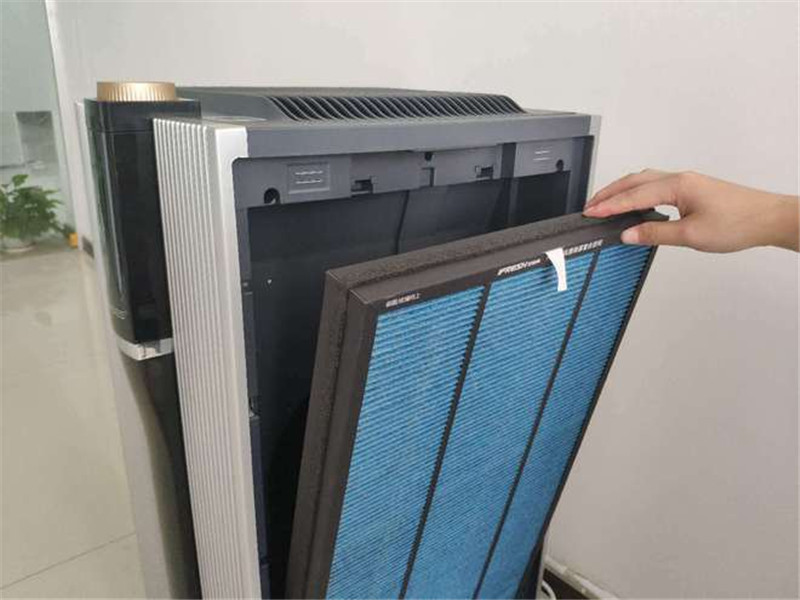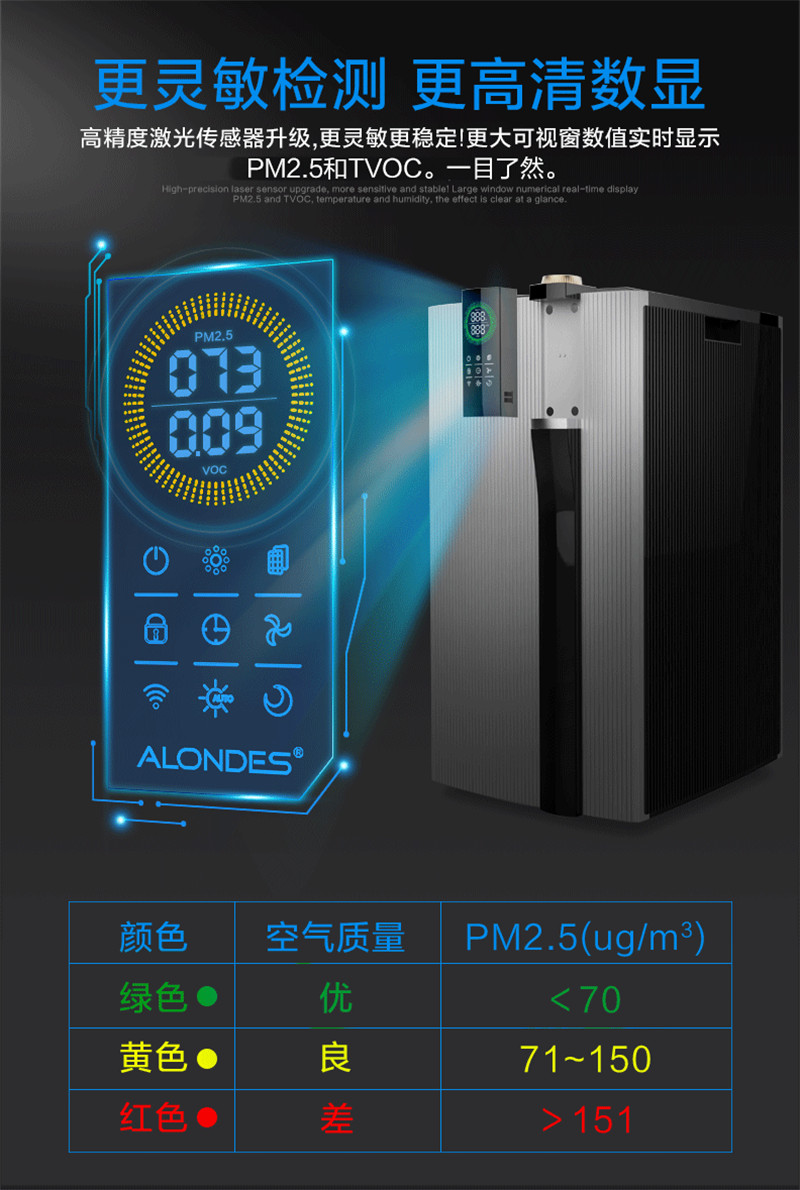As we all know, the birth of air purifier is to purify air, protect breathing, create a healthy and clean living environment. Most air purifiers are filtered to purify the air and remove pollutants in the air. As the heart of the filter, the quality of the filter directly affects the purification capacity of the air purifier.
So, how often should our air purifier filter elements be replaced to maintain excellent performance and efficiency?
There are several factors to consider that affect the frequency of replacing the filter element of an air purifier.
First things first: How long does the air purifier machine run?
The specific service life of the filter element depends first on whether the air purifier is often run.

In any case, we don't need to mark the exact time of filter replacement on the calendar. The filter life monitor in the machine will turn red to remind us of the need to replace the corresponding filter.
When we need to replace the filter element, the machine will immediately send a reminder: the filter element to be replaced, the filter element life monitor will turn red.
So why is it so important to replace the filter element regularly?
1. Dirty filter elements will increase electricity charges and damage our air purifier system
The more dirt that gets clogged in the filter element, the harder it is for air to get through. This is the basic principle behind the concept of pressure drop.
The more dirt that gets clogged in the filter element, the harder it is for air to get through.
Pressure drop refers to the resistance encountered when dirty air passes through the filter medium of the filter element. The denser the material, the more pollutants accumulate on the filter element, and the greater the pressure drop of air as it passes through the filter element, because the increased resistance limits the flow of air.
This leads to higher energy costs: higher pressure drops mean machine systems must operate at more capacity and consume more electricity to deliver air through filtered media. When the filter element is filled with dirt, dust, mold spores, dander, and many other particles, the pressure drop increases because there is less space for air to pass through. That means the longer we wait to replace the filter element, the more electricity we're likely to end up paying.

The longer you delay replacing the filter element, the more likely you are to end up paying for electricity.
Of course, most air purification systems are designed to be energy efficient, and quality design makes the purifier nearly 100 percent efficient at cleaning air pollutants while reducing power consumption, so much so that our purifier uses about the same amount of power as a light bulb (27 to 215 watts, depending on fan speed).
But the system must use more and more energy to squeeze air through a dirty filter element, and the electricity is used more and more each day until the filter element is replaced.
Long-term use of supersaturated filter elements will cause pressure on system fans and motors, reducing the service life of the air purifier.
In addition, long-term use of supersaturated filter elements can cause stress to the system fans and motors. The extra pressure on these components can damage the components, overload the purifier motor, and eventually cause the system to crash prematurely, reducing the purifier's service life.
2. The dirtier the filter element, the less clean air it purifies
When the filter element is clogged with pollutants, the air purifier can't produce enough clean air, making it difficult for the purifier to keep up with the constant flow of new pollutants into the air.
Many Air purifiers live and die based on these principles, which are measured by Cubic Feet per Minute (CFM) and Air Changes per Hour (ACH).
CFM(airflow for short) refers to the amount and speed of air purification by an air purifier. ACH refers to how much air can be purified in an hour in a limited space. These acronyms are basically industrial terms for the extent and speed at which a purifier draws dirty air into the system, filters it and removes it as clean air.
Post time: Mar-12-2022




